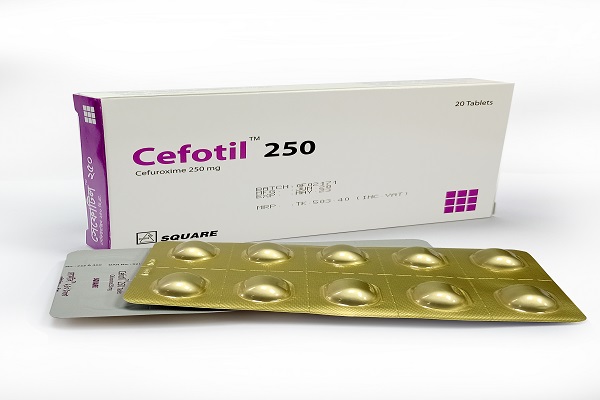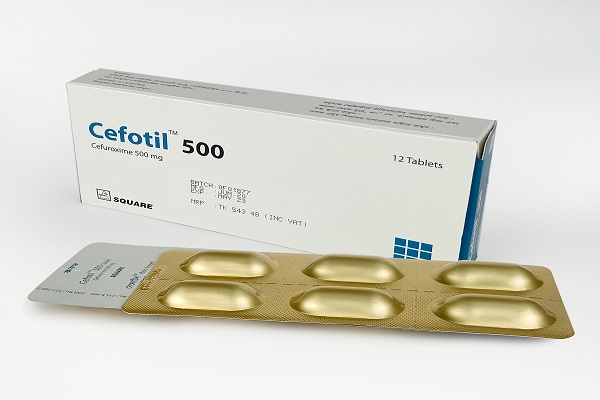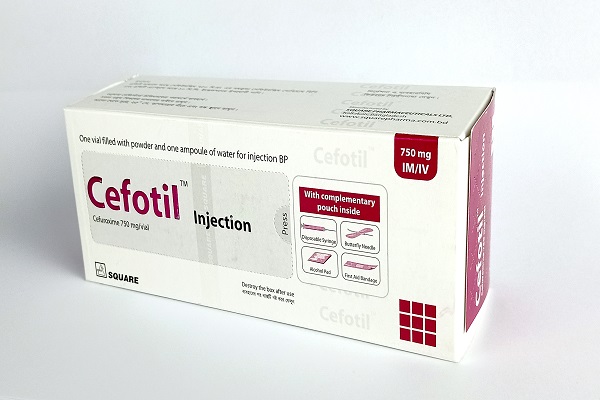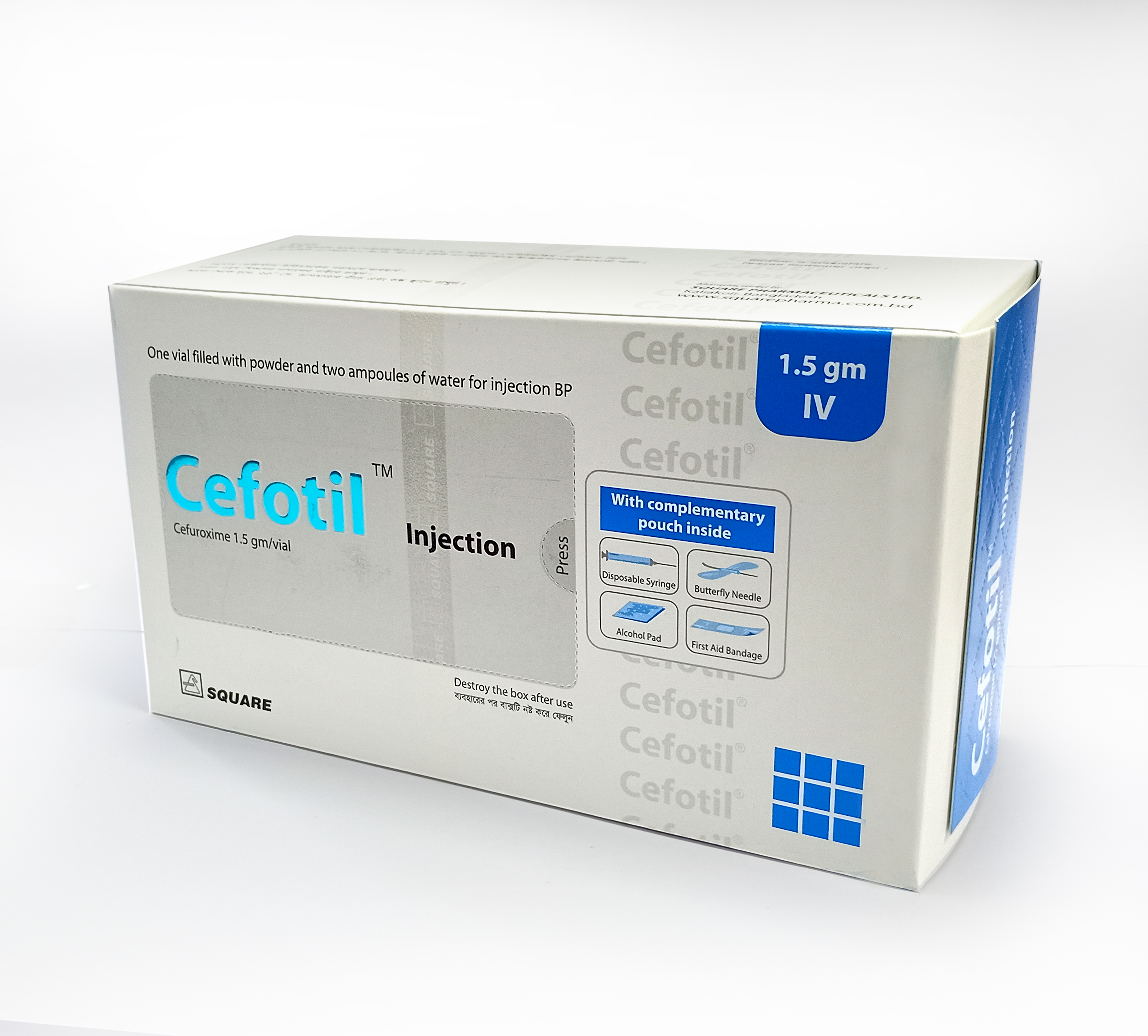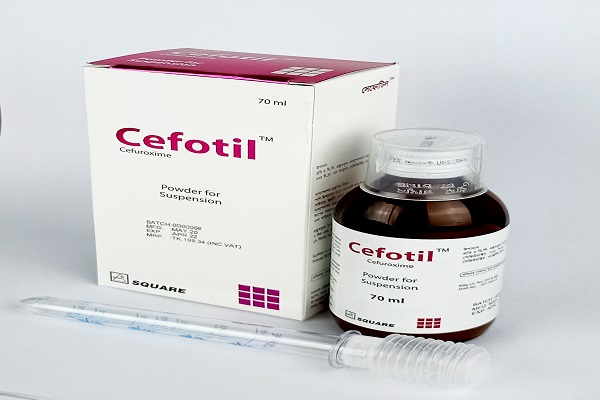Indication:
1. Upper respiratory tract infections: for example, ear, nose and throat infections such as
otitis media, sinusitis, tonsillitis and pharyngitis.
2. Lower respiratory tract infections: for example, acute bronchitis, acute exacerbations of
chronic bronchitis and pneumonia.
3. Skin and soft tissue infections: such as furunculosis, pyoderma, and impetigo.
4. Genito-urinary tract infections: such as pyelonephritis, urethritis, and cystitis.
5. Gonorrhoea: acute uncomplicated gonococcal urethritis, and cervicitis.
6. Early Lyme disease & subsequent prevention of late Lyme disease.
Dosage & Administration:
Adults: Most infections will respond to 250 mg b.i.d. In mild to moderate lower respiratory
tract infections e.g. bronchitis 250 mg b.i.d. should be given. For more severe lower
respiratory tract infections, or if pneumonia is suspected then 500 mg b.i.d. should be
given.
For urinary tract infections a dose of 125 mg b.i.d. is usually adequate; in pyelonephritis
the recommended dose is 250 mg b.i.d.
A single dose of one gram is recommended for the treatment of uncomplicated
gonorrhoea.
Lyme disease in adults and children over the age of 12 years: the recommended dose is
500 mg b.i.d. for 20 days.
Children: The usual dose is 125 mg b.i.d., or 10 mg/kg b.i.d. to a maximum of 250 mg
daily.
For otitis media, in children less than 2 years of age the usual dosage is 125 mg b.i.d., or
10 mg/kg b.i.d. to a maximum of 250 mg daily and in children over 2 years of age, 250 mg
b.i.d., or 15 mg/kg b.i.d. to a maximum of 500 mg daily.
There is no experience in children under three months of age. The usual course of therapy
is seven days. Cefuroxime should be taken after food for optimum absorption.
